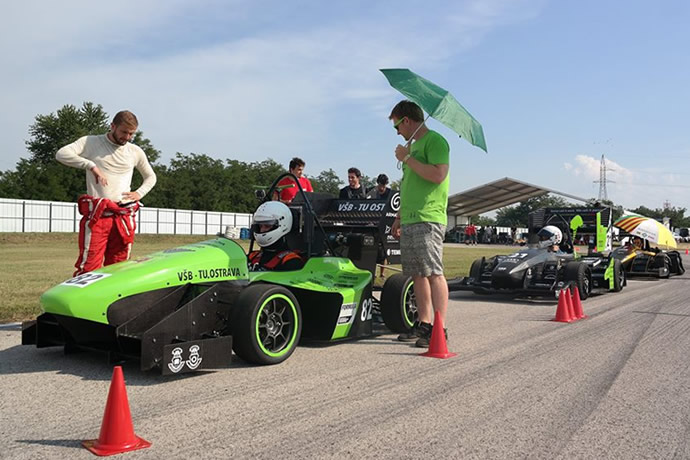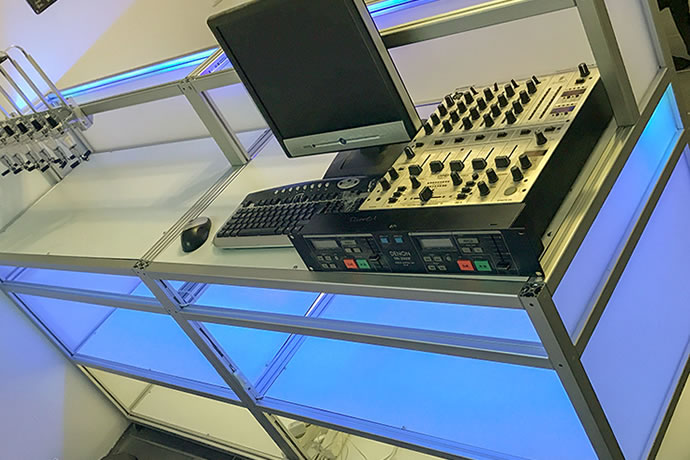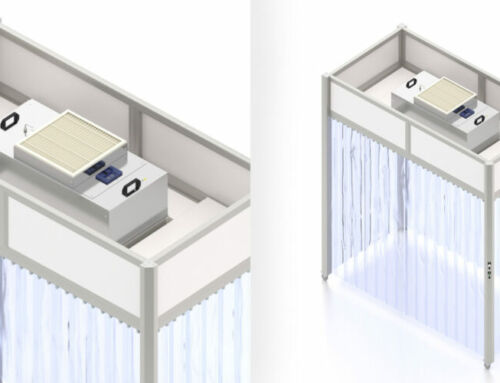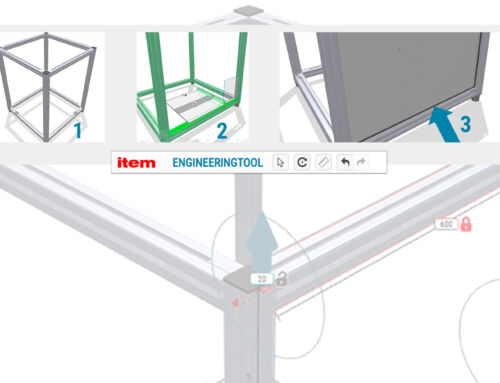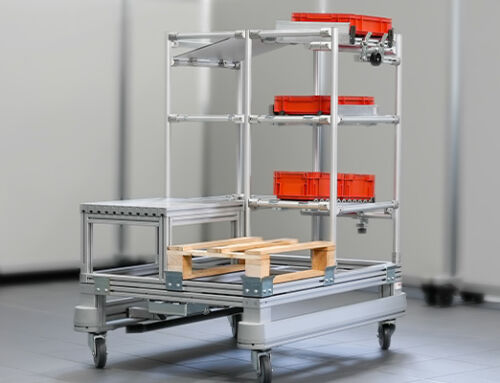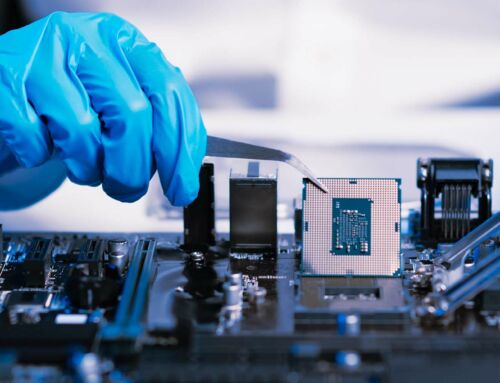For a long time, specialist mechanical engineers welded together steel to make their frames.
Gerrit Pies and Wolfgang Rixen, the friends who established item, came up with a ground-breaking idea – screws instead of welds, aluminium instead of steel. The underlying belief was that steel no longer met the growing needs of specialist mechanical engineering. What started off as playing around with aluminium profiles developed and used strictly in-house, ultimately became a comprehensive system. The 1980s saw the beginning of the successful modular MB Building Kit System. But what specific advantages do aluminium profiles actually have over steel in specialist mechanical engineering?
Aluminium profiles – first-class material
The advantages of an aluminium profile system start with its basic material properties. Aluminium is much lighter than steel but still extremely strong. Corrosion doesn’t pose much of a threat to it and there is no need for time-consuming protective measures. As a result, two typical cost factors related to steel, i.e. regular maintenance and applying corrosion protection, are irrelevant. Aluminium is also very easy to shape whether hot or cold, is exceptionally conductive and can be produced via extrusion.
Saving time and money in specialist mechanical engineering
When using aluminium profiles in specialist mechanical engineering, there are only three processes to complete – sawing, screwing and assembling. These steps can all be carried out by a single mechanic without the need for additional training. What’s more, there is no need for special equipment or a large range of machinery. Companies retain constant and full control over the timing and quality of the work as they don’t need to rely on external suppliers. In addition, a building kit system with aluminium profiles ensures the engineering process runs smoothly. Necessary adjustments that only become noticeable during the manufacturing process can be rectified in a few simple steps thanks to innovative fastening techniques. Subsequent customer requests for changes and alterations can also be implemented within a very short time.
By contrast, even simple steel constructions can require up to eight steps – sawing, machining, fixing, welding, cleaning, priming, coating and finishing. This has further consequences, as the more process steps there are, the greater the likelihood of errors. Processing steel therefore inevitably involves numerous intermediary stages which, according to the 7 Muda of lean production, are considered wasteful. Outsourcing individual processes means having to check the quality of external work, which costs more time and money. Ultimately, the low procurement cost of steel should not be considered in isolation.
Aluminium profile technology makes transportation easy
Steel frames make systems very heavy and, because the frames cannot be easily dismantled, also rather cumbersome. In logistics, these are two significant cost factors. When it comes to large objects, it is not uncommon for the space and layout of the customer’s premises to change at short notice between the planning and implementation stages of the project. Thus, the only option is to partially disassemble the project, which is a costly process.
The lightweight properties of aluminium, however, offer many direct advantages when it comes to transportation, since heavy trucks and other expensive means of transport are not required. The modular concept of an aluminium building kit system also has a direct effect on transport and subsequent processes. During transportation and assembly, the added flexibility that comes from being able to make rapid adjustments during unloading, moving and installation on site really pays off. Preassembled elements, for example, can be dismantled before transport and easily put together again once the project has reached its final destination.
Want to keep up to date with all the exciting innovations from the world of item?
Then we have the perfect solution for you. Simply subscribe to the item blog by completing the box at the top right!
